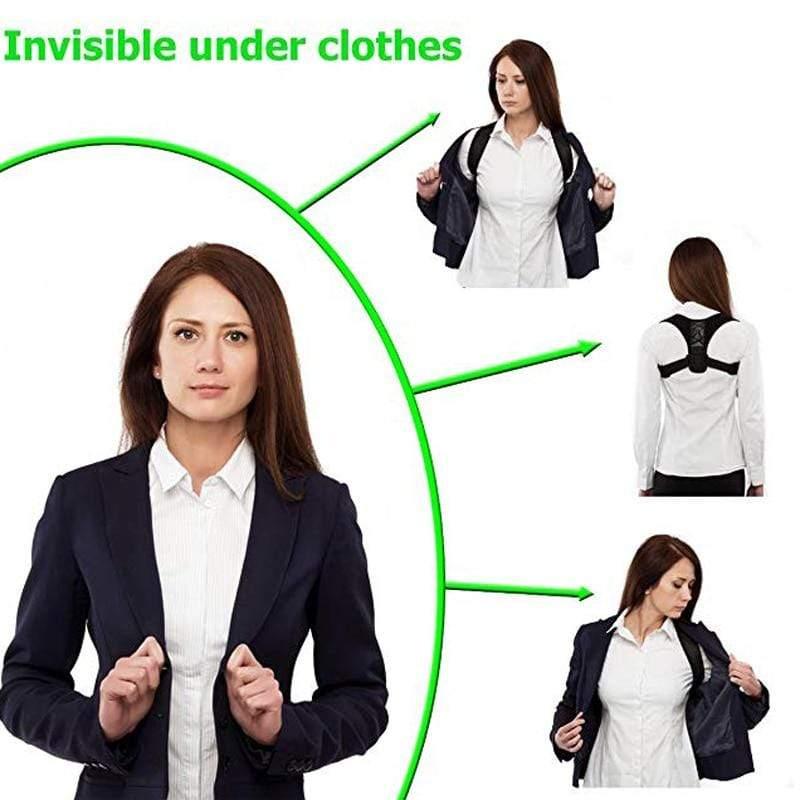Introduction: Meet Your New Best Friend
If you're reading this, chances are your back hurts—or at least your posture isn’t what it used to be. Whether it's work-from-home life or hours at the gym, our spines are under pressure like never before.
Enter the posture corrector brace—a simple but powerful tool to help you straighten up, feel better, and move with confidence.
Let’s dive into how it works, how to wear it, and why it might just be the smartest purchase you make this year.
What Does a Posture Corrector Do?
At its core, a posture corrector back brace helps guide your spine into better alignment. It lightly pulls your shoulders backward and prevents your upper back from rounding forward—an issue many people don’t even realize they have.
What makes the posture corrector back support brace special is that it’s not restrictive. It supports while allowing freedom of movement.
Who Should Use It?
Honestly? Almost anyone.
-
Office workers who sit all day.
-
Fitness enthusiasts lifting weights or training.
-
Students with heavy backpacks.
-
Parents constantly picking up kids or bending down.
If you’ve ever wondered “Do posture corrector braces really work?”—ask someone who’s worn one for a few weeks. The difference is often surprising.
How to Use It Properly
Here’s how to get started:
-
Wear it for 20–30 minutes a day at first.
-
Gradually increase to 1–2 hours as your body adjusts.
-
Pair it with light stretches and core exercises for better results.
And yes, if you’re confused about how to wear comfy brace posture corrector, just follow the simple “like a backpack” rule: slide in, adjust, and pull the straps to a light tension.
What to Expect in the First Week
Your body may resist at first. After all, it’s gotten used to slouching. But you may notice:
-
Slight soreness (your muscles are being retrained!)
-
More awareness of how you're sitting or walking
-
A lighter feeling in your back and neck
By week two, the brace feels like second nature. You’ll even start correcting your posture without realizing it.
Choosing the Right One
Here’s what makes the best back brace posture corrector:
-
Comfort: If it's uncomfortable, you won’t wear it. Period.
-
Support: It should encourage straight posture, not force it.
-
Design: A slim brace can be worn under clothes discreetly.
-
Material: Breathable fabric = happy skin.
There are tons of options online, including amazon back brace posture corrector listings. But finding a quality one that ticks all the boxes saves you time and regret.
FAQs (Answered Simply)
Q: Do back brace posture correctors work for long-term posture improvement?
A: Yes, especially when combined with healthy movement habits.
Q: Are posture correctors better than back braces?
A: For posture improvement, yes. For injury recovery, back braces may be better.
Q: How tight should it be?
A: Snug, not restrictive. You should still be able to move freely.
Q: Can I wear it all day?
A: Not recommended. 1–2 hours a day is ideal. Think of it as a training tool, not a permanent fix.
Final Thoughts: One Small Change, Big Results
Improving your posture can change your energy, your mood, and even how others perceive you. The best part? You don’t need an expensive chiropractor or a new gym membership.
You just need a little help from the right tool—like our thoughtfully designed brace posture corrector. Try it for a week. Your spine will thank you.

